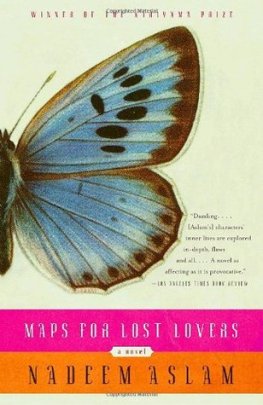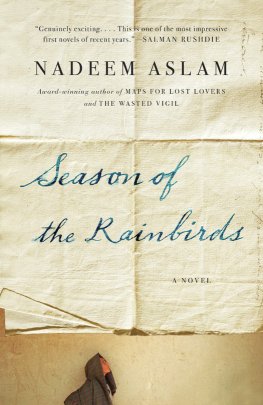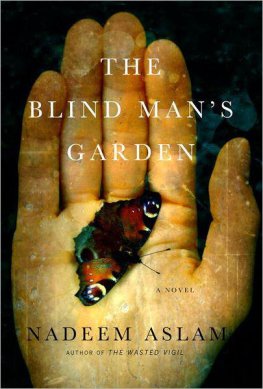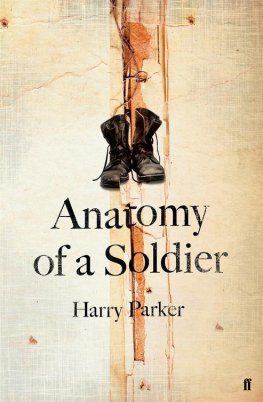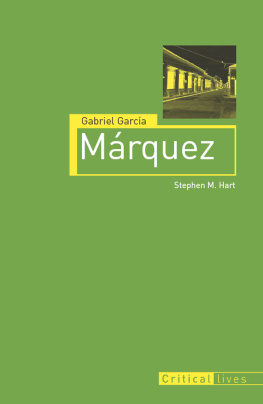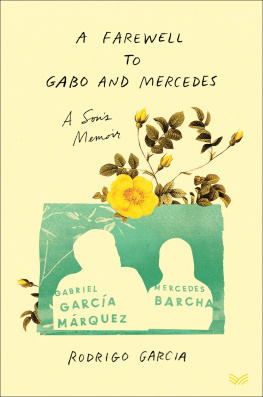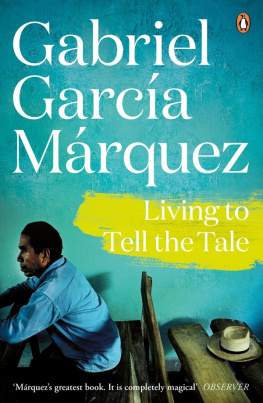Nadeem Aslam
Maps for Lost Lovers
Praise for Nadeem Aslams Maps For Lost Lovers
Brave. . Affecting. . Beautifully written. . with passages of gorgeous sensuality. The Washington Post
Exquisite. . A work of almost suffocating beauty. . Like an epic written on a grain of rice, this is a novel about macro issues. . written in almost microscopic detail. . The tale he has to tell rises above it all the iridescent language making it possible to tell a story at whose heart there is so much darkness, so much longing.
San Jose Mercury News
Provocative. . Bold. . Remarkable. . Rich and beautifully wrought. . Saturated with the mythic figures, the colors, and the scents of the subcontinent. The Boston Globe
Rich in detail, languid in cadence and iridescent with remarkable images. . This is that rare sort of book that gives a voice to those whose voices are seldom heard. The Observer (London)
Poetic, sensuous, precisely descriptive and lavishly allusive prose. . The prevailingly tragic atmosphere is shot through with luminous gleams of beauty, hope and light, making Maps for Lost Lovers not only an important and memorable achievement, but a book that is deeply satisfying to read. The Washington Times
An extraordinary work, echoing Rohinton Mistry and Salman Rushdie, but entirely, and unmistakably, the product of a wholly original mind.
The Herald (London)
Aslam is a rich and vividly metaphorical writer. . This is an exquisitely sad novel, and it is worth. . letting its spell take you over.
Newsday
Haunting. . Tender. . Beautiful. . A poignant novel that will fascinate readers. Tampa Tribune
[A] remarkable achievement. . In this book, filled with stories of cruelty, injustice, bigotry and ignorance, love never steps out of the picture it gleams at the edges of even the deepest wounds.
The Guardian (London)
A novel of extraordinary quality. Islamists would be foolish to try and make political mischief out of it, while western readers would be foolish to ignore such a carefully crafted work. The Economist
Aslams prose soars, dazzling images abound. . Through the opulence of his writing and the darkness of his message Aslam quite brilliantly and shockingly seduces his reader. . Beautiful and only too real, this story born of romance and pain matches its artistry with courage. It is an important novel and also a very fine one. The Irish Times
Heartbreaking. . A must read. . The characters are so real the reader wants to speak with them. . Aslam is a very skilled and talented writer. He gives us a window into a community we dont often see.
The Decatur Daily
A superb achievement, a book in which every detail is nuanced, every piece of drama carefully choreographed, even minor characters carefully drawn. Colm Tibn, author of The Master
It depicts an extraordinary panorama of life within a Muslim community. . Thoughtful, revealing, lushly written and painful, this timely book deserves the widest audience.
David Mitchell, author of Cloud Atlas
During the long eleven years that I spent working on this novel I was grateful for the assistance I received from the Arts Council of Great Britain, the Authors Foundation, and the Royal Literary Fund.
While writing Maps for Lost Lovers, a book into which elements from numerous myths and legends of the world have been woven, I had, quite fittingly, guardian angels and guiding spirits of my own: Nicholas Pearson, Richard Beswick, Esther Whitby, Alexandra Pringle thank you.
I am grateful to Arif Rahman Chughtai of the Chughtai Museum Trust in Lahore for allowing me to use in this book the deer-and-cypress illustration from the dust-jacket of his fathers 1934 picture album Naqsh-e-Chughtai (Aivan-e-Ishaat Press, Lahore). The poem on page 277 is by Abid Tamimi. The verses on page 148 are by John Berger. The italicized passages on pages 77 and 78 are adapted from The Proudest Day by Anthony Read and David Fisher (Cape). The chapter named Youll Forget Love, Like Other Disasters takes its title from an etching by Anwar Saeed, that named How Many Hands Do I Need to Declare My Love to You? from a painting by Bhupen Khakar.
For help and advice with the manuscript and for their kindness and generosity, I must also thank Sara Fisher, Kathy Anderson, Anjali Singh, Leyla Aker, Vrinda Condillac, Riaz Ahmed, Haneef Ramay, Salman Rashid, Martijn David, Ulrike Kloepfer and everyone at the Faber and Faber extended family: Walter Donohue, Stephen Page, Noel Murphy, Rachel Alexander, Charles Boyle, Helen Francis, Angus Cargill, Kate Burton, Will Atkinson. Thank you to Tim Pears for the decade-long friendship and care.
A special thanks to Jon Riley in London and Sonny Mehta in New York for believing in my book.
My deepest and most profoundly felt debt is to Victoria Hobbs: Dear Victoria, my own words fail me so I must reach for Ghalib
Aisa kahan se laoon ke tujh sa kahen jise
for My Father,
who advised me at the outset, all those years ago,
to always write about love
and for
Faiz Ahmed Faiz
19111984
and
Abdur Rahman Chughtai
18971975
two masters who taught me, each in his own way,
about what else is worth loving
A human being is never what he is but the self he seeks.
Octavio Paz
THE NIGHT OF THE GREAT PEACOCK MOTHS


Shamas stands in the open door and watches the earth, the magnet that it is, pulling snowflakes out of the sky towards itself. With their deliberate, almost-impaired pace, they fall like feathers sinking in water. The snow-storm has rinsed the air of the incense that drifts into the houses from the nearby lake with the xylophone jetty, but it is there even when absent, drawing attention to its own disappearance.
This is the first snow of the season and the neighbourhoods children will be on the slopes all day today, burning candles to heat the runners of toboggans to make them slip with increased fluency, daring each other to lick the frozen spikes of the railings around the church and those around the mosque, smuggling cheese-graters out of the kitchens to refine the symmetry of the snowmen they will build, oblivious to the cold because everything is a sublime adventure at that age; an oyster tolerates the pearl embedded in its flesh, and so the pebbles on the lake shore dont seem to pain the soles of the childrens bare feet.
An icicle breaks off from above and drops like a radiant dagger towards Shamas, shattering on the stone step he is standing on, turning into white powder the way a crystal of sugar loses its transparency when crushed. With a movement of his foot, Shamas sends this temporary debris into the snow-covered front garden where in May and June there will be rose-buds the size and solidity of strawberries, into the corner where one of his children had buried a dead finch many years ago, not allowing anyone to set foot on that spot afterwards lest the delicate bones crack under the weight, the tiny skull as fragile as the eggshell within which it had formed the previous spring.
The house is on a street that runs along the base of a hill. This street is linked by a side-street to a shelf-like road higher up the hill and, in late summer, when the abundant dropped fruit of the wild cherry trees gets trodden on, the footpaths up there are stained with red and dark-blue smears.

